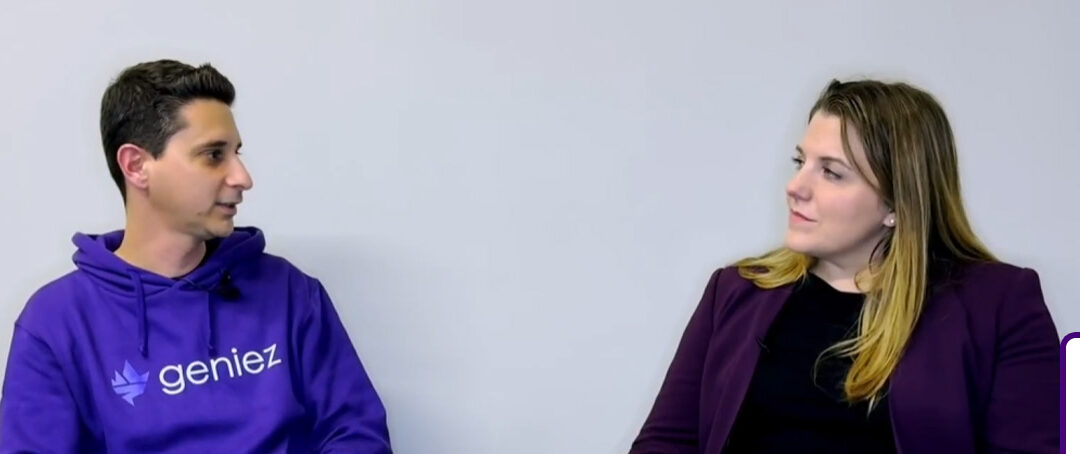DB2 for z/OS applications continue to be a workhorse for large IT shops. Of course the DB2 applications have Service Level Agreements for availability and performance. These are largely based on requirements that drive customer satisfaction and transaction throughput. Most DBAs are proficient in identifying performance problems and tuning the application SQL and data bases for performance in order to meet the SLAs. However, many DBAs may not be aware of the fact that DB2 is a significant component in the cost of the aWLC (advanced Workload License Charge) Monthly License Charge bill.
Many companies have contracts for certain core software components that are covered by the aWLC pricing method. The core software components include z/OS, DB2, IMS, CICS and some others. Each of the core components have costs associated with them that are determined by a monthly SCRT (Sub Capacity Reporting Tool) report. The report is based on analysis of SMF records (type 70 and 89). The highest Rolling 4 hour average MSU consumption for each core component for a month is calculated and used by IBM to create the Monthly License Charge bill for the customer. It takes a couple of months for IBM to analyze the SCRT report and develop the MLC bill, so your bill for June might not show up until August.
Why does this matter to the DB2 DBA? Because tuning the DB2 application can result in a lower monthly charge for the DB2 component of the MLC. Just reducing the MSU charged to DB2 by 5% can result in thousands of dollars reduction in the MLC bill, hundreds of thousands of dollars in annual expenditure. And this is real money going out the door, not internal funny money between departments.
The best time to tune application code is before it goes to production. There are 3rd party tools available to analyze application code and SQL to ensure standards for efficiency are met. There are workload and index analysis tools to ensure efficient database performance is ensured.
So here is a chance for the DB2 DBA to play the role of the corporate hero. Tuning DB2 application code and databases can result in tangible benefits for limiting corporate operational expenses. It’s more than meeting arbitrary SLAs – it’s reducing the corporate expense. And it’s easily documented!
Let DB2 come to the rescue! Improving DB2 performance can save your company real money!









0 Comments